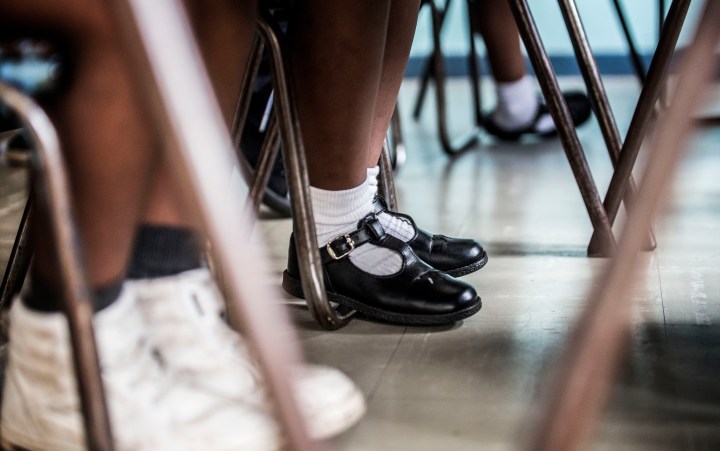School Admissions Policy
Wider net to be cast for access to public schools

The Gauteng Department of Education has published for public comment new feeder zones – a criteria that public schools use when determining whether to admit a pupil – that expands the existing 5km radius to 30km.
Schools are now open to those born in the wrong area, Panyaza Lefusi, Gauteng MEC of Education said while announcing the publication of the proposed regulations for public school admittance on Thursday.
The newly published feeder zones are seen as a radical shift in addressing the negative impact of apartheid spatial planning. In the past, well-resourced schools predominantly in the former white areas were only accessible to those who lived and worked in a 5km radius of those areas. The new feeder zones expand this to 30km and means that children from a greater area can apply to the schools and be admitted provided that there is space.
“You will see how we have broken the backbone of apartheid planning,” continued Lefusi.
When former Deputy Chief Justice Dikgang Moseneke stepped down from the Constitutional Court on 20 May 2016, his last judgment was to direct Lefusi to redo old feeder zones for all public schools in the province within 12 months.
And by changing the feeder zones, the schools’ recruitment areas must include the ethos of the Constitution.
The Gauteng Department of education then sought an extension to 20 November 2018 – after assessing the complexity of the situation they realised they did not have enough time to properly do consultation and change the feeder zones.
The distance away from schools should not impede on the ability for learners to attend a school, said Lefusi on Thursday.
A total of 2,300 schools were consulted and a map produced to reach an agreement on proposed feeder zones. The department believes that schools must not serve only the privileged because of apartheid spatial planning.
The consultative process conducted by the department including engagement with the Governing Body Associations, National Association of School Governing Bodies (NASGB), Federation of Governing Bodies of South Africa (FEDSAS), Premier spatial planning, Gauteng City Region Observatory and Equal Education.
Out of the 2,067 finalised feeder zones, 334 schools contested their proposed feeder zones due to concerns on language as a medium of instruction.
Of the schools who contested, 90% had their requested changes agreed. The remaining 10% were found to have misrepresented their feeder zones.
Although the department looked at international models, South Africa’s multi-lingualism makes the issue more complex.
Some learners are not able to access their local schools because they offer their classes in Afrikaans.
According to the department, the principles used to determine feeder zones considered alleviating unnecessary costs, minimising travelling time and parents’ place of employment location to schools.
Parents will no longer have to submit fake addresses in order to gain admission to schools
“We are freeing South Africans. I’d say this is the liberation South Africans have been waiting for,” said Lefusi.
The next step will be for schools to submit their admission policies to the Head of the Department for ratification within 90 days. This will include schools’ policy on language, hair and admissions.
And after consultation and ratification, the newly reviewed schools’ policy will come into effect in 2020.
“We are happy that we are attending to a history that has been unattended for too long,” said Lefusi.
According to the minister, there will be no learner who is told they are born in a wrong area because this policy will restore community ownership of our schools.
The feeder zones will be reviewed every three years. However, schools may apply for a review in the event of a dramatic change in demographics. And opening a new school will also necessitate a review of feeder zones for the schools affected in the area.
“We welcome the shift in the approach of the GDE in re-imagining spatial justice and equity in education access through new criteria for determining the feeder zone of a school,” said Equal Education in a statement.
EE was a friend of the court in the Constitutional Court judgment of 2016, where they highlighted the manner in which the current feeder zone determination reinforces racial disparities in access to education.
And determination by feeder zones based solely on one’s home or work address, reinforces and perpetuates unequal access to education in post-apartheid South Africa, it said. DM
















 Become an Insider
Become an Insider